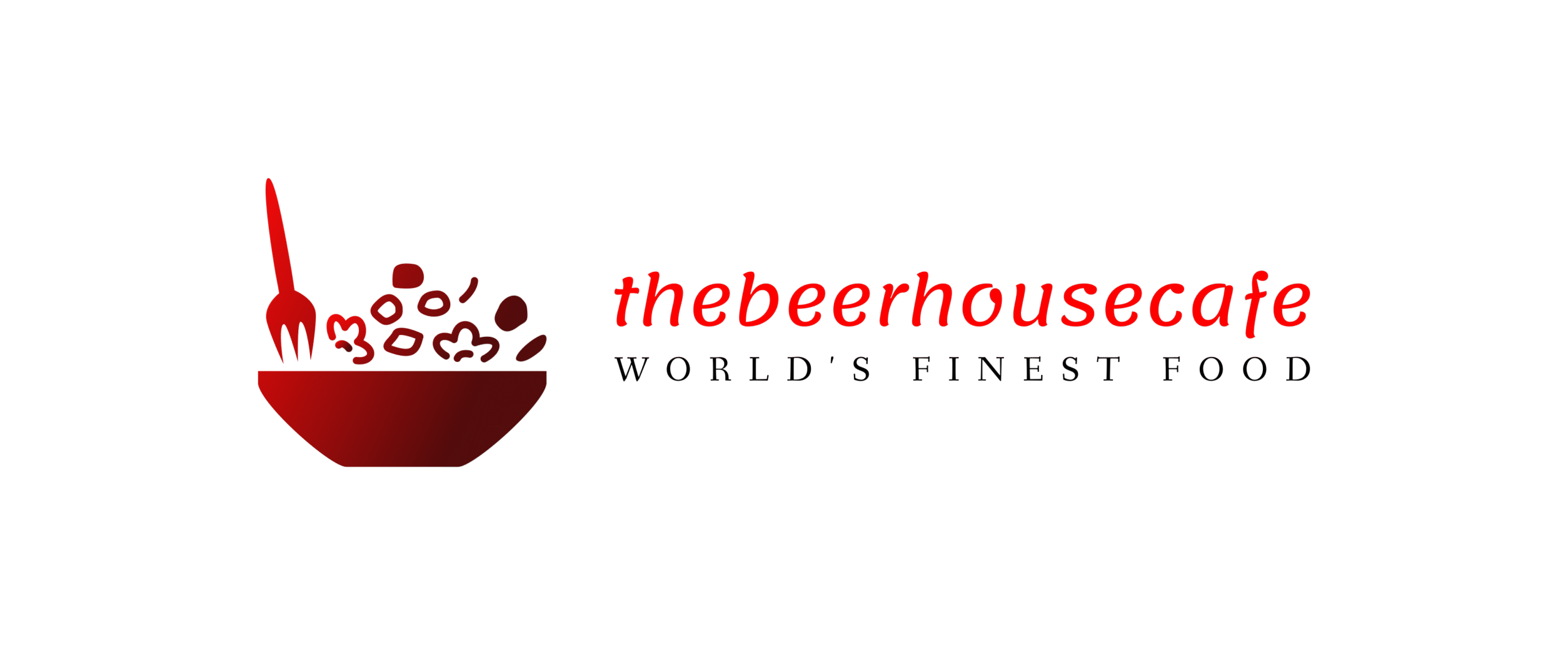An Understanding of Millennial Asian Taste, at Hupo
“This is bad to broadcast, but, for Hupo, COVID was at first a curse and then, well, an opportunity,” the thirty-one-year-old Jiawen Zhu said of the Sichuanese eatery he co-owns, which opened not long before the pandemic first besieged New York, in March, 2020. As many other Chinese restaurants shuttered, Zhu worked with a skeletal crew of three to keep the doors open. It likely helped, he said, that Hupo is situated in Long Island City, where a fivefold increase in Asian residents in the past decade has transformed the neighborhood. “When something as strange and destabilizing as a pandemic happens, you want to find the familiar,” Zhu remarked. At Hupo, a few solid culinary standbys offer the assurance that “even if the sky falls, Sichuanese will still be here.”
With its latticed windows, silk-tassel lanterns, and faux-leather banquettes, Hupo’s vibe lands somewhere between Chinese teahouse and American diner. Zhu, who arrived in the U.S. from Guangdong at age twenty, worked at Chinese American fast-food joints in Vermont before settling in New York. “That was where I noticed that Americans tend to be more”—Zhu paused to choose his words—“expansively figured.” Hupo is careful to accommodate a diverse clientele, not least by carving out an “American-Chinese” section on the menu, starring broccoli. “Americans may not love their greens,” Zhu observed, “but they always feel at home with their broccoli.”
Chinese restaurants today are less differentiated by culinary geography and more reflective of generational economics, Zhu told me. On the menu, flip past the emphatically American cocktails (Manhattan, Sazerac) to a full page of Hupo specialties (brown-sugar milk tea, Uji-matcha latte) that point to Zhu’s intuitive grasp of what his target demographic of recent immigrants want to drink. “How did I know they would be popular?” Zhu asked in Chinese, grinning. “Because they are all the drinks I like!” Torn between the Yakult yogurt, a cultured-milk drink that tastes like liquid Starbursts, and a red-bean ice, a dessert smoothie with sweetened red beans and evaporated milk, I decided to get both.
The Chinese-Chinese portion of Hupo’s menu exemplifies a similarly canny understanding of millennial Asian taste, featuring a narrow selection of tried-and-true hits. “Twenty, thirty years ago, Chinese menus could be pages and pages,” Zhu said. “But now it’s quality over quantity.” Happily, instead of hot-and-sour soup, there is Sichuan boiled fish with pickled greens, whose fresh green chilies and pool of peppercorns radiate a prickling heat exquisitely tempered by a tongue-teasing sourness. With the exception of a dry-pot dish—a brothless cousin of Sichuan hot pot that, true to its five-alarm chili-pepper rating, lit my Sichuanese mouth on fire—most of the dishes favor spice-driven fragrance over feral, unruly mala, the Chinese term for “numbing spicy.” My favorite, the Chongqing roasted fish, arrived a shade of rusted crimson, under a sheath of peppers and cilantro, steeped in what looked like lava. I expected a pure assault of heat, but it was the muted sweetness of the chili on the crisped tilapia skin that seduced me into bite after bite.
Two of Zhu’s favorite dishes are the cult-classic Chongqing chicken and the Chinese staple braised-beef noodle soup. For the chicken, hunks of meat are aggressively fried and tossed with dried chilies; Zhu acknowledged that it would have been better with chicken on the bone, but, alas, per his observation, “Americans are anxious about few things as much as they are anxious about bones.”
Zhu can sympathize; he had his own trepidation about opening Hupo, which resembles neither the takeout places he had worked for nor the Chinatown restaurants he patronizes. When he chose the name Hupo, which means “amber” in Chinese, he wondered if he shouldn’t just use an English name. “But then I thought, If we just call it Hupo, people have to familiarize themselves to the original Chinese word. And maybe that’s not such a bad thing.” (Entrées $15-$38.) ♦







